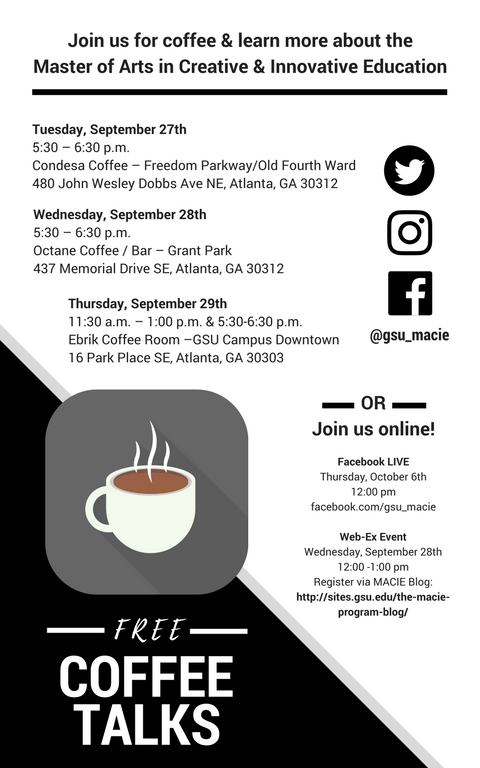MACIE – Inform from College of Education & Human Dev on Vimeo.
Among the many exciting aspects of today’s world is the availability of information on demand. Want to know how to take a good photo? Google it. Want to be able to name the constellations in the August sky? There’s an app for that.
Technology is changing the ways we learn. The content that used to be enclosed in books and housed on shelves is now open for anyone with access to broadband and an Internet device. And we know that children and adolescents are tapped into those online sites for both learning and pleasure. Research shows that 5- to 9-year olds spend 28 minutes a day on the Internet (Gutnick et al., 2011), 8- to 10-year olds spend 46 minutes a day in recreational computer use, and 11- to 14-year olds spend an hour and 46 minutes (Rideout, Foehr, & Roberts, 2010).
So what does that mean for adults who want to work to support children’s creative learning? First, we must learn to be thoughtful about how, when, and where children engage with digital technology. One way to do that is to team up with like-minded people. While apps and how-to videos are good tools for some kinds of learning, they cannot replace the vibrancy and productivity of collaborative learning that takes place in well-designed courses taught by well-informed people who are enthusiastic about the topic and active in the field.
MACIE faculty take several stances toward the development of program courses:
* Classes should be useful and creative spaces that excite adult students’ inquisitiveness and joy.
* Learning should take place in multiple spaces and at flexible times.
* Effective learning should allow for a combination of collaboration and individual work.
* Courses should provide information, inspiration, and opportunities to form relationships and build connections.
Our courses—and the program as a whole—have been developed with these stances in mind. Course content is useful and selected to prepare students to be productive and knowledgeable in the area of creative and innovative education. Instructors are active participants in the content they teach. Classes take place in a variety of modes, some face-to-face, others online or hybrid. To make it easier for students who work full time, courses are offered in the evenings and on weekends. Aware that 21st century learning is built on relationships and collaborations, classes are responsive spaces that respect what students can do individually and together.
Undergirding it all is this primary disposition: we all hold a deep commitment to human curiosity and the wonder and satisfaction that comes with pursuing knowledge and know-how to support children’s creative lives.
References
Gutnick, A.L., Robb, M., Takeuchi, L., & Kotler, J. (2011). Always connected: The new digital media habits of young children. The Joan Ganz Cooney Center at Sesame Workshop. Retrieved from http://www.joanganzcooneycenter.org/wp- content/uploads/2011/03/jgcc_alwaysconnected.pdf
Rideout, V.J., Foehr, U.G., & Roberts, D. F. (2010). Generation M2: Media in the lives of 8- to 18-year olds. Kaiser Family Foundation Report. Retrieved from http://www.kff.org/entmedia/upload/8010.pdf







